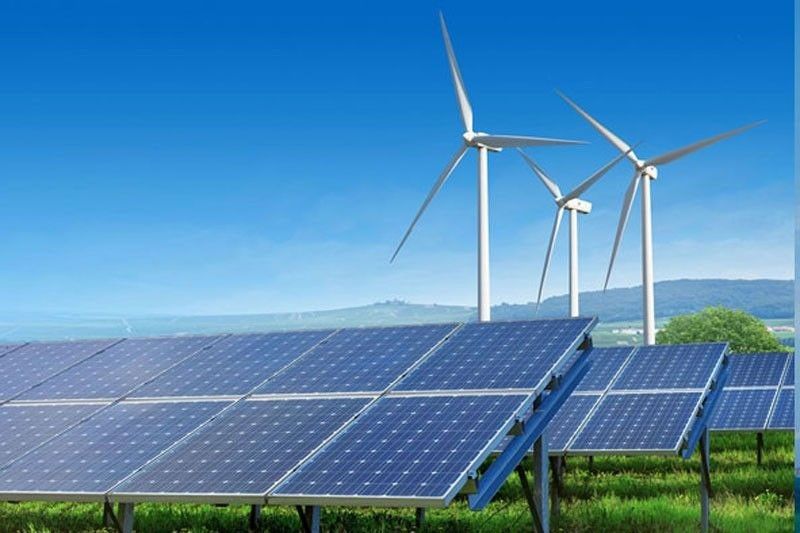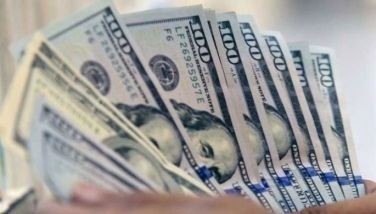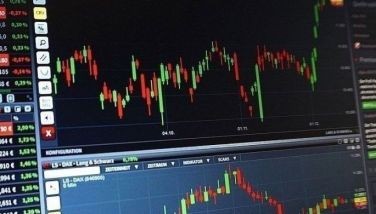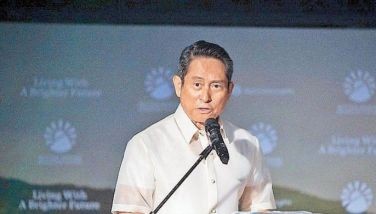Philippines to ramp up clean power, but coal to remain king — Fitch unit

MANILA, Philippines — The Philippines' power sector is expected to ramp up its decarbonization efforts in the coming years amid a fast-growing pipeline of renewable energy (RE), according to Fitch Group's research arm.
However, coal will still remain as the dominant source in the country's power mix in around a decade due to exemptions in the Philippine government's coal moratorium.
"We expect the Philippines to accelerate the decarbonisation of its power sector over the coming years in line with energy policy shifts. We have made a significant upward revision to our non-hydro renewables forecasts, amid rising investor interests and a rapidly-expanding project pipeline," Fitch Solutions Country Risk & Industry Research said in a commentary on Thursday.
"We now forecast non-hydro renewables capacity to total 10.2 GW (gigawatts) by 2031, from an estimated 4 GW, as of the end of 2021, driven largely by wind and solar projects," it said.
The group noted that solar projects comprised majority of the projects that were in the country's renewables pipeline. Data from the Fitch unit said there are upcoming solar power projects with a combined capacity of 13,146.5 MW as of March 2022, over 10 times bigger year-on-year.
Meanwhile, wind power projects in the pipeline have grown by over 407% on-year in March while geothermal went up 110%. There are biomass projects with combined capacity of 23.5 MW as of last month.
The group said the improving regulatory environment is driving investor interest in renewables. It noted two key policies of the Energy department: the renewable portfolio standards (RPS), and green energy option program (GEOP).
The RPS requires power providers to source a portion of their supply from RE facilities. The GEOP is a voluntary program where users consuming at least 100 kilowatts of energy can get their supply from energy suppliers that source power from RE.
Fitch Solutions also noted the DOE's upcoming green energy pricing program which seeks to put a ceiling on the price of RE can help power generators get better deals.
It also mentioned that the agency has set new targets for renewables in its latest Philippine Energy Plan (PEP), the comprehensive energy blueprint. Based on the PEP, DOE wants renewables to comprise 35% of the country's generation mix by 2030 and 50% by 2040.
But coal will remain king
In its report, Fitch Solutions said it slightly revised down its coal generation forecasts due to strong opposition against the fuel source and initiatives to lessen the use of coal. But it noted that coal will still remain the dominant fuel source by 2031, citing the Philippine government's earlier statements.
As it is, coal is still the cheapest source of power needed to energize a developing economy like the Philippines. Around two years ago, the Philippine government declared a ban on the construction of new coal-fired power plants, but said those which have already received environmental compliance certificates as well as permits from local government units are exempted.
With this, Fitch Solutions said coal will comprise of majority of 61% of the country's power mix by 2031. Meanwhile, natural gas will take up 19%, hydropower will account for 7%, while non-hydropower renewables will make up 12% in nine years' time.
"Coal generation will continue to grow strongly over the coming years in absolute terms, as projects in the current pipeline continue to progress," it said.
READ: Government ends energy neutrality, favors renewables ahead of boom
Possible inclusion of nuclear
Fitch Solutions said its projections did not factor in the possible entry of nuclear power into the country's energy mix since "this will likely lie outside of the forecast period."
Earlier this year, President Rodrigo Duterte earlier signed an executive order committing the Philippines to developing a nuclear power program and ordering the Energy department to conduct more studies on the possible use of the mothballed Bataan Nuclear Power Plant.
Although a policy favoring nuclear is already in place, it was signed months before the end of Duterte's term, leaving the decision to pursue or scrap nuclear to his successor.
READ: It's too late for Duterte's nuclear energy push as term nears end
Fitch Solutions noted that it does not see any nuclear projects beginning commercial operations in the country in the coming decade, citing high capital costs and safety concerns.
"Nuclear projects often face long lead times and a high risk of substantial delays (10-15 years), and as such, even if a decision were to go through, we remain cautious on whether it will come online within our forecast period," it said.
- Latest
- Trending
































